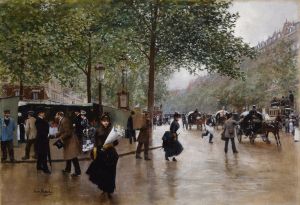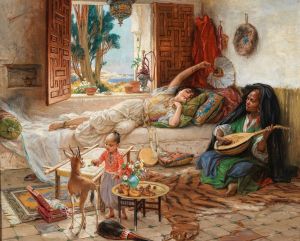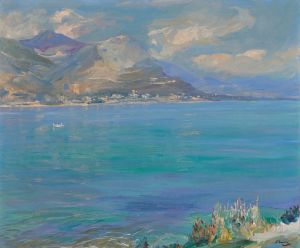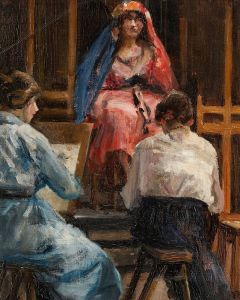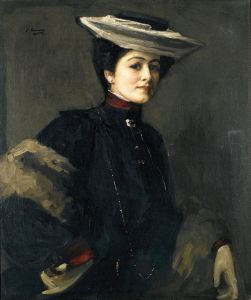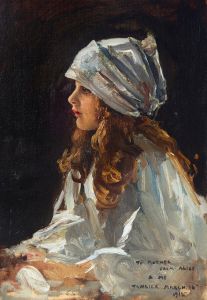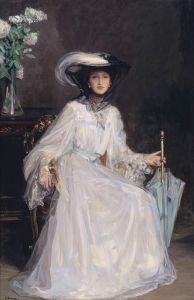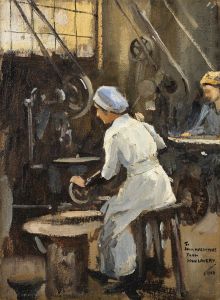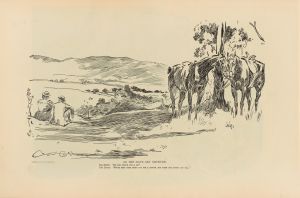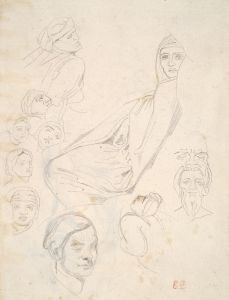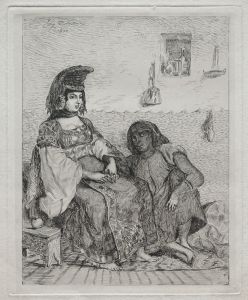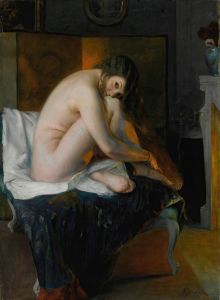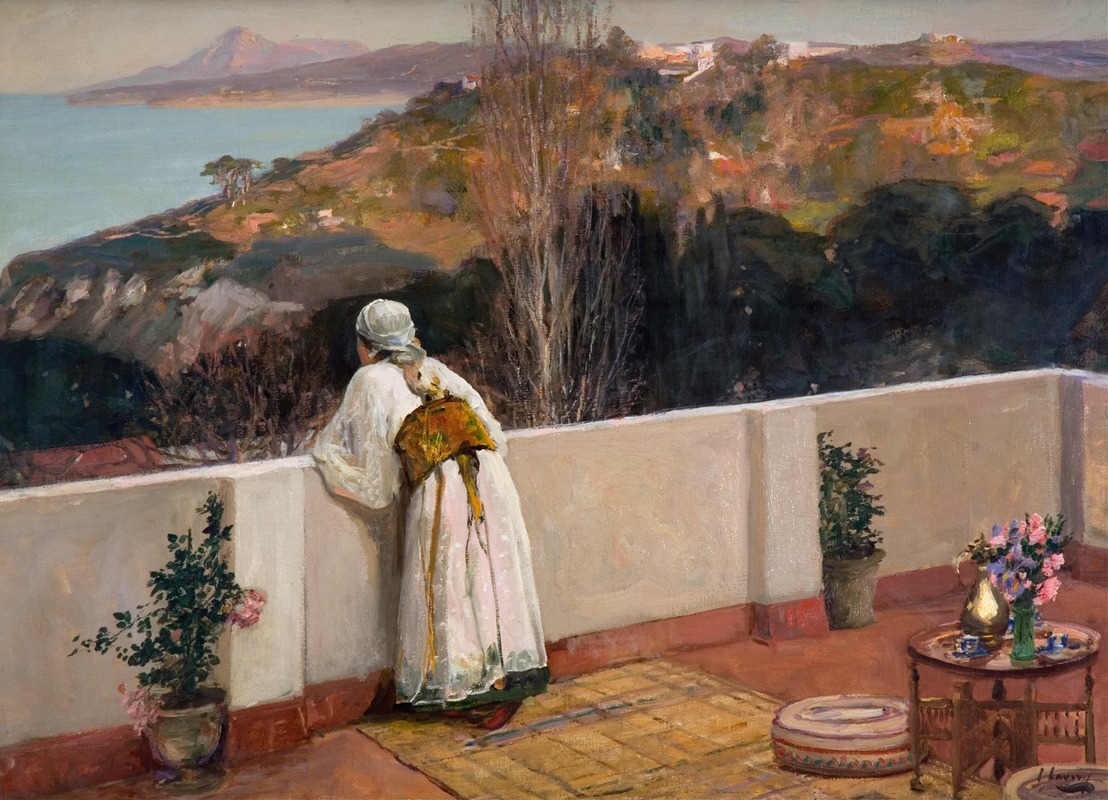
Evening, Tangiers
A hand-painted replica of Sir John Lavery’s masterpiece Evening, Tangiers, meticulously crafted by professional artists to capture the true essence of the original. Each piece is created with museum-quality canvas and rare mineral pigments, carefully painted by experienced artists with delicate brushstrokes and rich, layered colors to perfectly recreate the texture of the original artwork. Unlike machine-printed reproductions, this hand-painted version brings the painting to life, infused with the artist’s emotions and skill in every stroke. Whether for personal collection or home decoration, it instantly elevates the artistic atmosphere of any space.
"Evening, Tangiers" is a painting by the renowned Irish artist Sir John Lavery, created in the early 20th century. Lavery, born in 1856 in Belfast, was a prominent figure in the British art scene and is best known for his portraits and landscapes. His works often reflect his travels and experiences, capturing the essence of the places he visited with a keen eye for detail and atmosphere.
The painting "Evening, Tangiers" is a testament to Lavery's fascination with the city of Tangier, located in Morocco. Tangier, with its unique blend of African, European, and Middle Eastern influences, has long been a source of inspiration for artists and writers. Lavery first visited Tangier in the late 19th century and was captivated by its vibrant colors, bustling streets, and the interplay of light and shadow that characterized the cityscape.
In "Evening, Tangiers," Lavery masterfully captures the tranquil yet vibrant atmosphere of the city as the day transitions into night. The painting likely depicts a scene along the coast, where the fading light of the evening casts a warm glow over the landscape. Lavery's use of color and light is particularly noteworthy, as he employs a palette that reflects the rich hues of the Moroccan sunset, with deep blues, purples, and oranges blending seamlessly to create a sense of harmony and peace.
Lavery's technique in this painting is indicative of his broader style, which often combines elements of Impressionism with a more realistic approach to detail. His brushwork is fluid and expressive, allowing him to convey the movement and energy of the scene while maintaining a sense of realism. This balance between impressionistic and realistic elements is a hallmark of Lavery's work and contributes to the enduring appeal of his paintings.
Throughout his career, Lavery was celebrated for his ability to capture the spirit of the places he visited, and "Evening, Tangiers" is no exception. The painting not only showcases his technical skill but also his deep appreciation for the cultural and natural beauty of Tangier. It stands as a vivid representation of Lavery's artistic vision and his ability to transport viewers to the heart of the scenes he depicted.
Sir John Lavery's contributions to the art world were widely recognized during his lifetime. He was knighted in 1918 and continued to paint and exhibit his work until his death in 1941. Today, his paintings are held in numerous public and private collections, and he is remembered as one of the leading artists of his generation.
"Evening, Tangiers" remains an important work within Lavery's oeuvre, exemplifying his skill in capturing the interplay of light and color, as well as his ability to evoke the atmosphere of a specific time and place. It continues to be appreciated by art enthusiasts and serves as a lasting testament to Lavery's artistic legacy.






